Comparing PostgreSQL DigitalOcean Performance & Pricing – ScaleGrid vs. DigitalOcean Managed Databases
Scalegrid
JUNE 4, 2020
Compare Latency. lower latency compared to DigitalOcean for PostgreSQL. On average, ScaleGrid provides over 30% more storage vs. DigitalOcean for PostgreSQL at the same affordable price. Now, let’s take a look at the throughput and latency performance of our comparison. PostgreSQL DigitalOcean Latency Averages (ms).

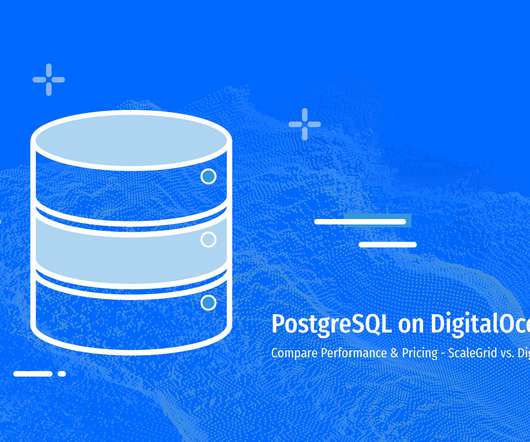




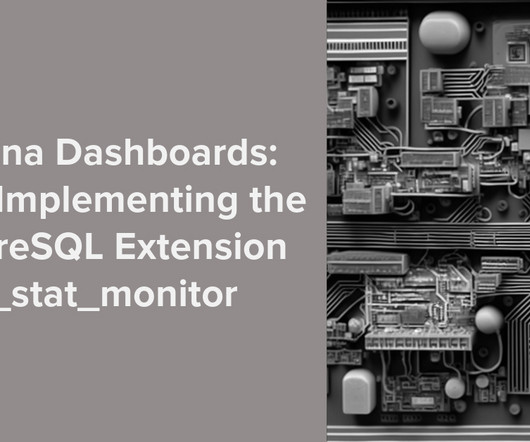
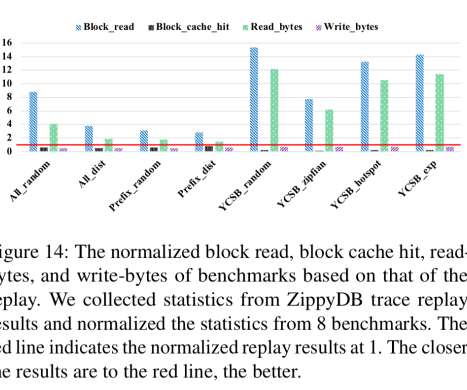












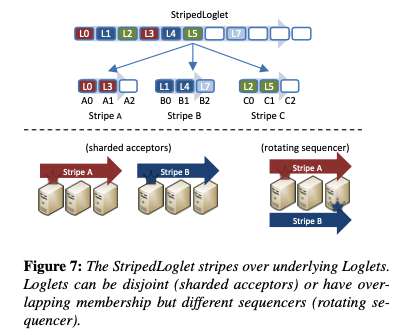


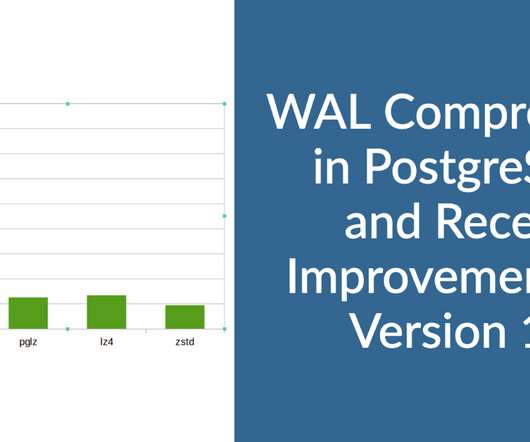





















Let's personalize your content